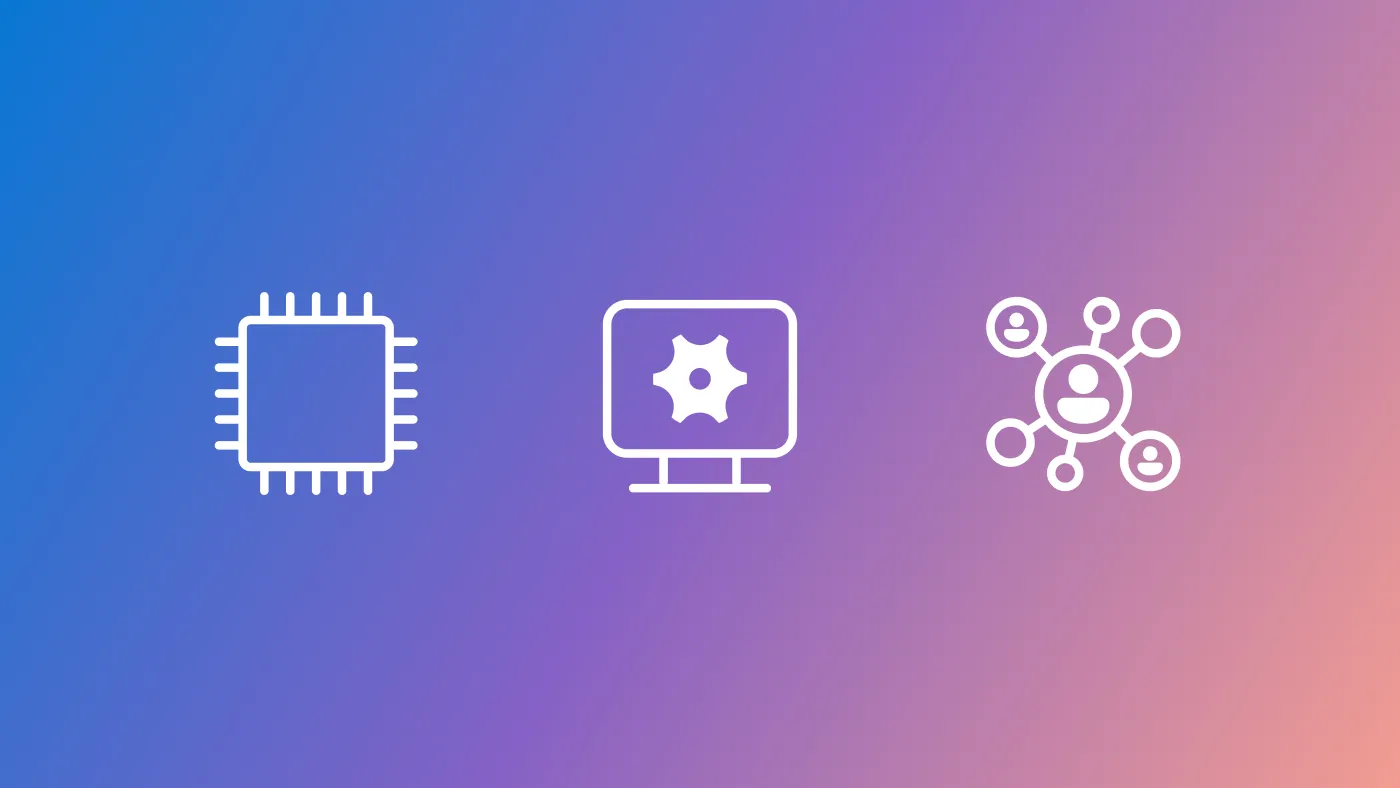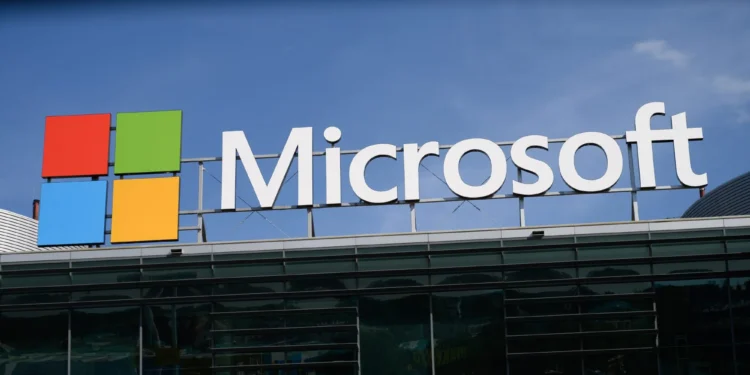Microsoft researchers have announced a major breakthrough in AI technology with the launch of BitNet b1.58 2B4T, a hyper-efficient AI model designed to run on CPUs. Here’s why this new model is gaining attention in the AI world.

BitNet b1.58 2B4T: A Game-Changer for Lightweight AI
In a remarkable development, Microsoft researchers have introduced the largest-scale 1-bit AI model to date, known as BitNet b1.58 2B4T. According to the team, this new model is set to revolutionize the way AI runs on everyday devices, thanks to its hyper-efficient design and ability to operate on CPUs, including Apple’s M2 chip. This groundbreaking model is available under an MIT license, making it freely accessible to the AI community.
Bitnets, as these models are called, represent a new approach to AI efficiency. Traditionally, AI models rely on “weights”—values that define the internal structure of the model. These weights are usually quantized, meaning they are compressed into smaller values to optimize performance on various hardware platforms. BitNet b1.58 2B4T takes this a step further by compressing weights into just three values: -1, 0, and 1. This 1-bit quantization makes the model significantly more efficient, requiring far less memory and processing power compared to traditional AI models.
How BitNet Outperforms Traditional Models
The true magic of BitNet b1.58 2B4T lies in its efficiency. Despite being designed for lightweight hardware, this model outperforms many traditional AI models with similar parameter sizes. With 2 billion parameters, BitNet b1.58 2B4T has been trained on an astonishing dataset of 4 trillion tokens—roughly equivalent to the content of 33 million books. This large dataset enables the model to perform exceptionally well across a variety of benchmarks.

In testing, BitNet b1.58 2B4T has surpassed other AI models of similar sizes, including Meta’s Llama 3.2 1B, Google’s Gemma 3 1B, and Alibaba’s Qwen 2.5 1.5B. It performed particularly well on tests like GSM8K, which involves grade-school-level math problems, and PIQA, a benchmark that tests physical commonsense reasoning skills. While it may not dominate all areas, it holds its own against these rivals, offering impressive results in specific categories.
Speed and Efficiency: A Major Advantage
What truly sets BitNet b1.58 2B4T apart from other models is its speed and memory efficiency. The model operates at double the speed of many other 2-billion-parameter models, using only a fraction of the memory. This efficiency makes it a promising candidate for resource-constrained devices, where processing power and memory are often limited.
However, there is a catch. To achieve these impressive results, the model relies on Microsoft’s custom framework, bitnet.cpp. This framework is designed to work with specific hardware and is not yet compatible with the GPUs that dominate the AI infrastructure landscape. Currently, BitNet b1.58 2B4T can only run on certain CPUs, which limits its potential for widespread adoption, at least in its current form.
The Potential of Bitnets in Resource-Constrained Devices
Despite the compatibility limitations, BitNet b1.58 2B4T represents a significant step forward for AI models that need to run on more accessible hardware. With the rise of mobile devices and laptops that lack the massive processing power of GPUs, the ability to run a powerful AI model like BitNet on CPUs opens up exciting possibilities for edge computing and other applications where traditional AI models may be impractical.

The promise of BitNet b1.58 2B4T is clear: it offers a highly efficient way to run complex AI models on everyday devices. If future versions of the model can expand compatibility to more hardware, including GPUs, it could become a game-changer in the AI field, particularly for industries that require efficient, low-cost AI solutions.
A Glimpse Into the Future of AI
Microsoft’s BitNet b1.58 2B4T is a prime example of how AI research is pushing the boundaries of what’s possible with limited resources. While it’s not yet ready to replace GPU-powered models for heavy-duty AI tasks, its ability to run on CPUs with minimal memory usage could open up a host of new opportunities, especially for mobile devices and other low-power environments.
The development of Bitnets like this is an exciting glimpse into the future of AI, where efficiency and accessibility take center stage. As AI continues to evolve, innovations like BitNet b1.58 2B4T will play a key role in shaping the next generation of intelligent devices.










